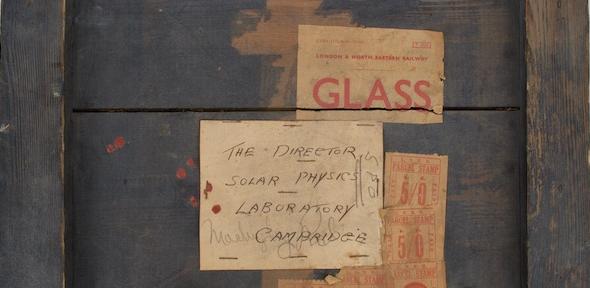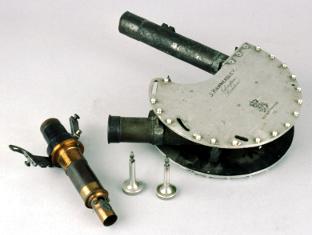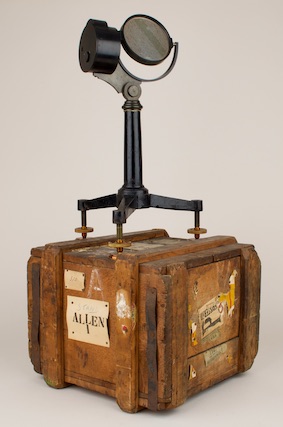Solar eclipses afforded rare opportunities to study the sun’s enigmatic corona, photosphere, and prominences. A total eclipse lasts at most seven minutes, but expeditions to study them took months to plan and execute.
Huge quantities of equipment had to be moved to locations that were remote enough to escape interference from locals, but close enough to essential infrastructure like railways and military protection.
This photograph shows an example of the tent villages that would pop up at a chosen site in the weeks before an eclipse. These temporary sites needed to house the instruments, observing team, and support staff. This particular example was constructed at Pulgaon, India, in January 1898.
Read more: Eclipse teamwork at Pulgaon, 1898
Imperial support proved vital for these expeditions. Observers often included gentlemanly amateurs, government-employed scientists, academics, and their families, all travelling and working together with the assistance of colonial offices and forces.
As Lockyer recounted to his British readers, “native” locals also had to be reckoned with, a task that sometimes required force:
“The would-be observers should, some days before the eclipse, make up their minds where they will observe. This should be as far from the haunts of man as possible, and the observers should scatter widely. The natives will crowd the observers, and their talk, and perhaps even their fears, may much interfere with observations.
'In India, in 1871, my observations would certainly have been rendered impossible by the smoke of sacrificial fires … if there had not been a strong force of military and police present to extinguish them; and in Egypt, in 1882, without the protection of the soldiers, a crowd of Egyptians would have invaded the camp.”(1)




